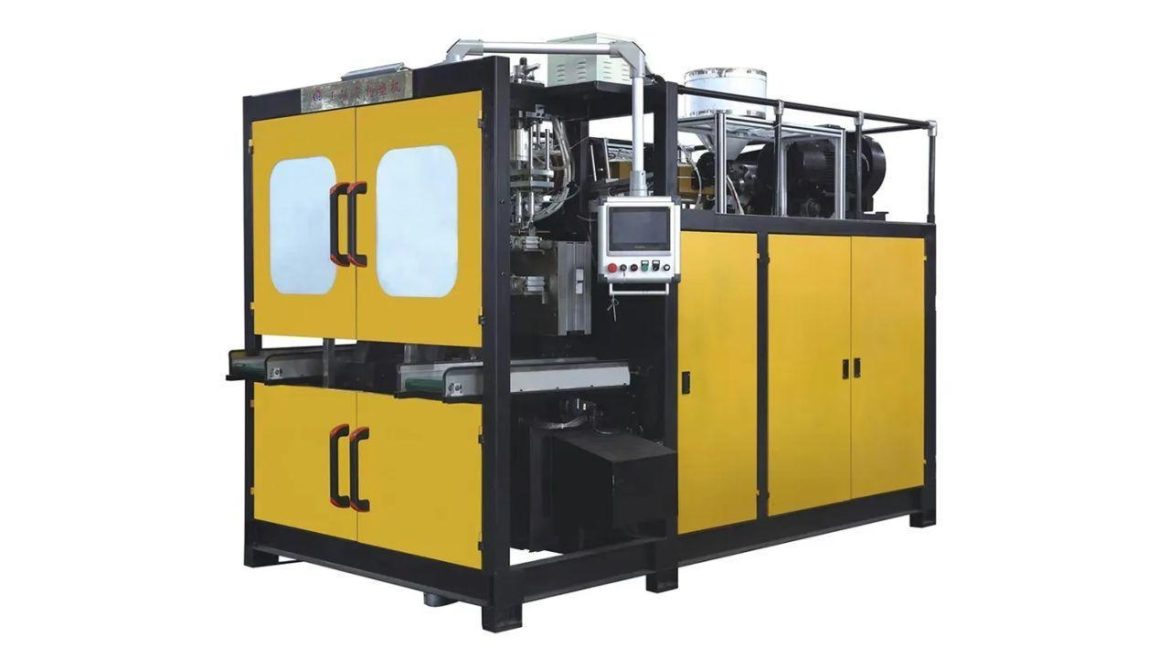Are you curious about the manufacturing process behind plastic bottles and containers? Look no further than blow molding, a key technique in producing these everyday items. In this article, we’ll delve into the inner workings of a blow molder and uncover the intriguing steps involved in creating various plastic products.
If you’re interested in further exploring blow molding and discovering innovative plastic packaging solutions, we recommend visiting Packerasia.com. Their website offers valuable insights, expertise, and a wide range of cutting-edge packaging solutions tailored to your specific needs.
Understanding the Intricacies of Blow Molding
At its core, blow molding is a technique that utilizes molten plastic to form hollow shapes through the application of air pressure. This process involves a series of essential steps, each contributing to the final shape and quality of the product.
1. Extrusion – Shaping the Parison
The blow molding journey begins with extrusion. This crucial step involves melting the plastic material and passing it through a die to create a hollow tube known as a parison. The parison acts as the initial foundation for shaping the final product. Achieving a consistent and uniform parison requires careful control of temperature, pressure, and material flow.
2. Mold Closure – Securing the Parison
Once the parison is formed, it is carefully placed inside a mold cavity. The mold then closes around the parison, firmly securing it in place. The design of the mold matches the desired shape of the final product. By ensuring a tight seal, the mold closure guarantees that the parison maintains its shape throughout the subsequent steps.
3. Blow Molding – Expanding the Parison
The heart of the blow molding process lies in this next step: blow molding itself. Compressed air is introduced into the parison, causing it to expand and conform to the shape of the mold. As the air pressure increases, the plastic material is forced against the mold walls, intricately defining the dimensions and details of the product. Achieving the desired shape and maintaining consistent wall thickness requires precise control of air pressure, timing, and temperature.
4. Cooling and Solidification – Preserving Form
Once the expanded plastic comes into contact with the cooled mold, it begins to cool and solidify. Proper cooling is vital for preserving the shape and structural integrity of the product. The cooling time varies depending on the type and thickness of the plastic being used. By ensuring adequate cooling, the product retains its desired form and strength.
5. Ejection – Releasing the Finished Product
After the plastic has cooled and solidified, it’s time for the grand finale: ejection. The mold opens, and the finished product is safely and efficiently ejected from the mold cavity. This step may involve mechanical mechanisms or the use of air pressure to ensure a smooth release. After ejection, the product may undergo additional processing, such as trimming or assembly, before it’s ready for distribution.
The Broad Applications of Blow Molding
Blow molding is a versatile manufacturing process that finds applications across various industries. It is particularly popular for producing plastic bottles, containers, automotive components, toys, and more. The ability to create hollow objects with intricate shapes and consistent wall thickness makes blow molding an attractive choice for manufacturers seeking versatility and efficiency.
Conclusion
Blow molding is a captivating process that empowers the creation of an extensive range of plastic products. From the initial extrusion of the parison to the final stages of cooling, solidification, and ejection, each step plays a pivotal role in shaping the end product. By gaining a deeper understanding of how a blow molder works, we develop a greater appreciation for the intricate manufacturing techniques that bring us the plastic items we encounter in our daily lives.
Remember to visit Packerasia.com to delve deeper into the world of blow molding and explore the latest advancements in plastic packaging solutions.
